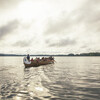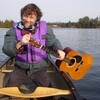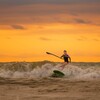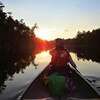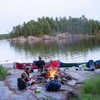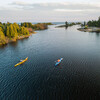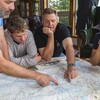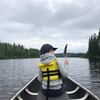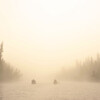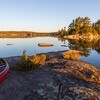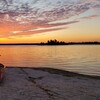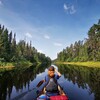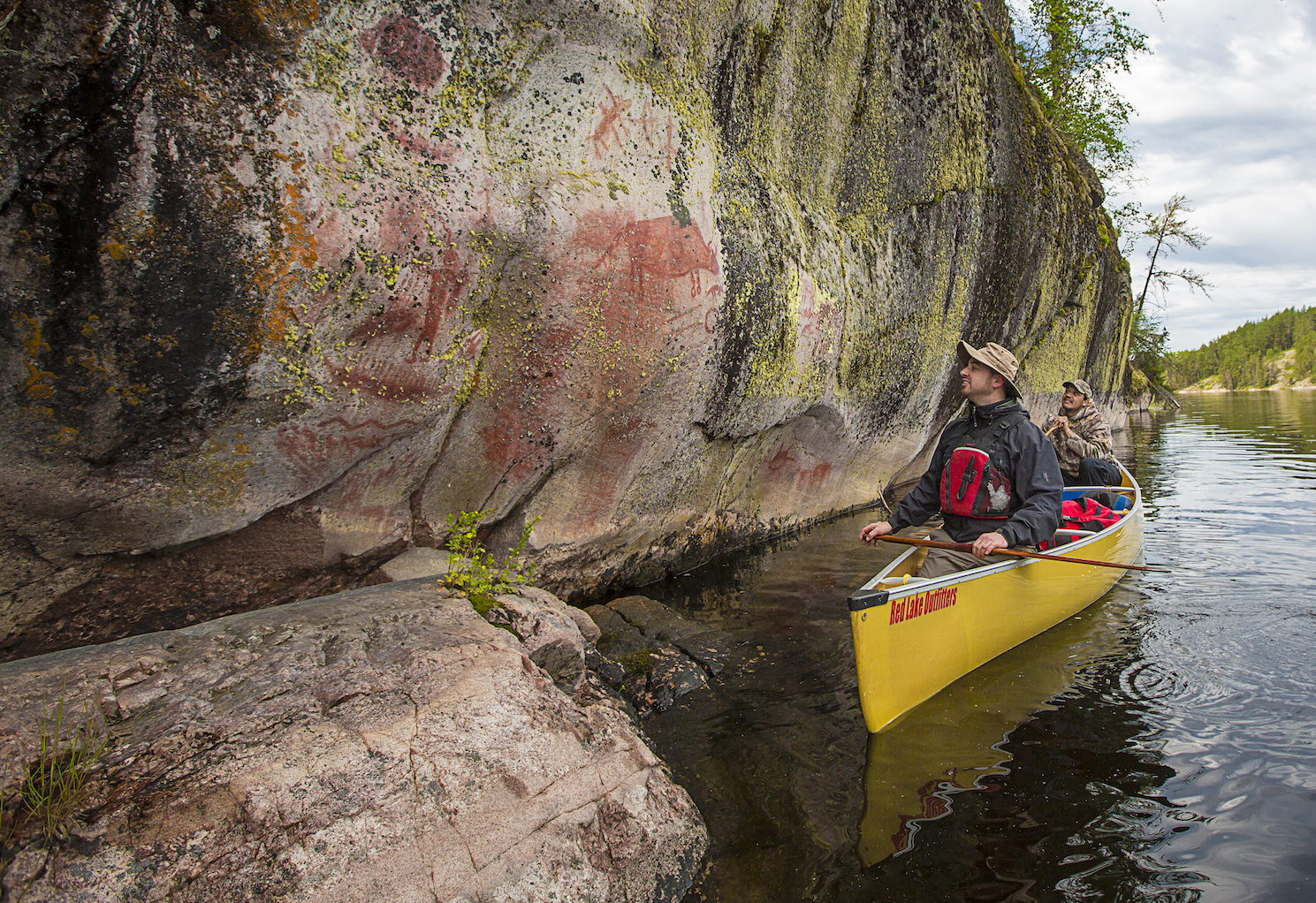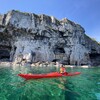
Why you should trip in this park
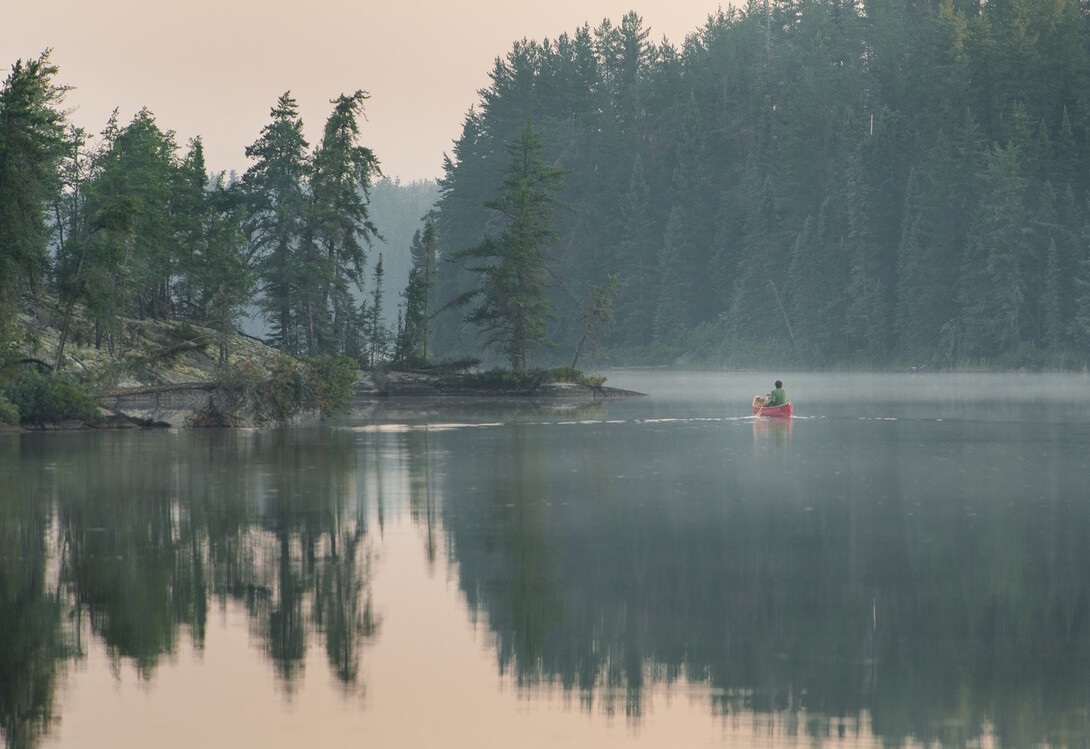
You don’t have to be a biologist to guess what the wildlife highlight is in Ontario’s Woodland Caribou Provincial Park. And it’s true, your chances of seeing a so-called “grey ghost” are good, but to focus on just one animal would be to miss the point. This sprawling park is nearly equal in size to the more famous Quetico Provincial Park, but gets a fraction of the canoe trippers. Located on the Manitoba border, this protected area is Ontario’s true Wild West. Here’s a primer on what you can expect.
Wildlife Like You’ve Never Seen it Before
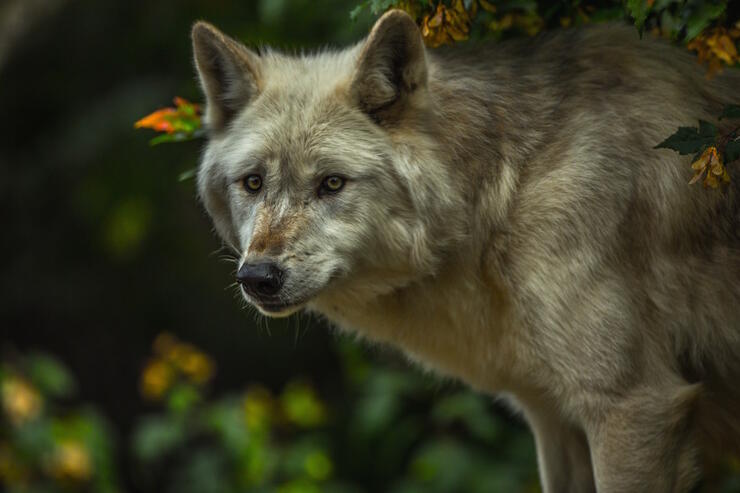
The park itself spans 4,500 km2, but it abuts two provincial parks in Manitoba with an equal amount of combined territory. Together they create an immense natural habitat for moose, bears, wolves, and, of course, the forest-dwelling ungulate that gives the park its name. In fact, the park is home to the largest remaining population of woodland caribou in Ontario, and they aren’t as shy as whitetail deer. Most interior paddlers report sightings of one large mammal or another on a daily basis.
The Fish are Hungry
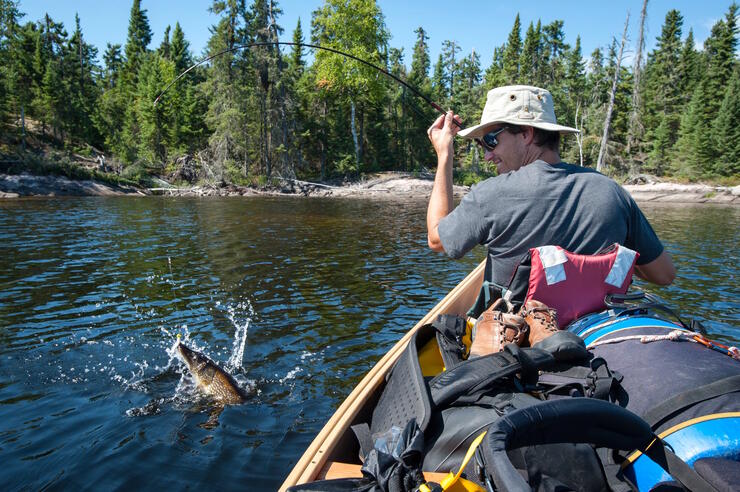
With more than 2,000 pristine lakes to fish, and virtually no fishing pressure, Woodland Caribou Provincial Park lures anglers from all over the world. Home to walleye, northern pike, and lake trout, the park remains a destination where you can reasonably expect the fabled “100-fish day.” From small but deep interior trout lakes, to the fertile lakes of the Bloodvein and Gammon River watersheds, the park is a sure bet for an ultimate wilderness fishing adventure.
StarGazing that Will Drop Your Jaw
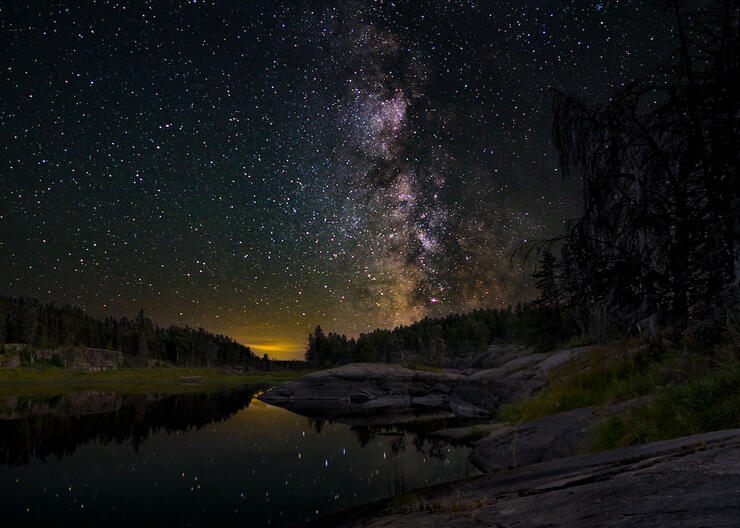
Pop out of the tent at 2 am, and you'll be amazed at just how stunning the Northern sky is. Being so far removed from civilization, there is no light pollution and the stars seem to be impossibly close overhead. Try not to be alarmed by the brilliant shooting stars. Sitting at a latitude of 51 degrees north, it’s a good bet for Northern Lights, so don’t plan to turn in too early.
Pictographs Aplenty
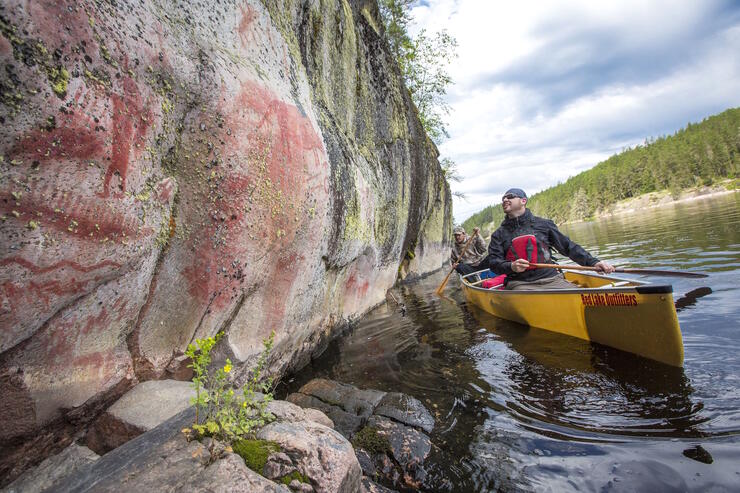
Rich in First Nations culture, the park features more than a dozen pictograph sites including the world-famous “Mural” location along the Bloodvein River. These locations are scattered throughout the park and easily accessible for canoeists looking for a humbling experience. The lakes and rivers within Woodland Caribou are still well used by local First Nations communities.
Freedom Of Choice
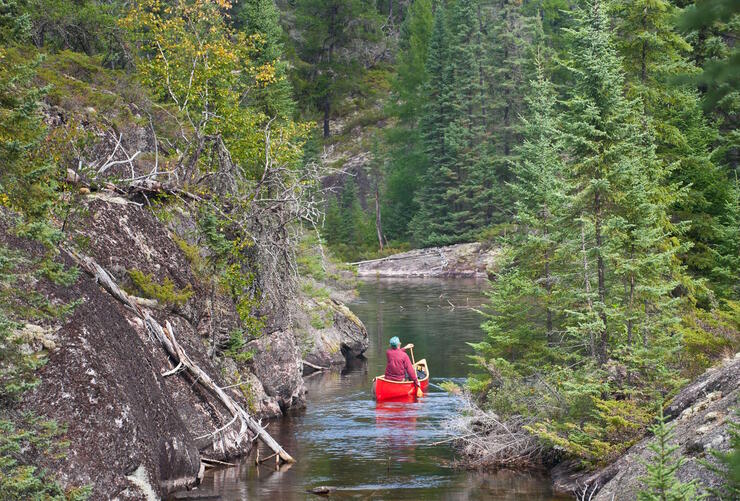
Unlike other destinations that suffer for their popularity, adventures into Woodland Caribou's interior happen at your own pace, without the pressures of other paddlers. There are more than 2,200 documented campsites. That’s more than two sites for every one paddler that visits the park in a year. You'll never have to race for a campsite or wait for another group on a portage. In fact, you'll likely never see another human over the course of your trip! Thanks to your ability to camp anywhere along the way, the Woodland Caribou backcountry offers true freedom. Since most lakes connect in several ways to adjacent bodies of water, day trips and mid-trip route alterations are the norm. After all, this is your adventure!
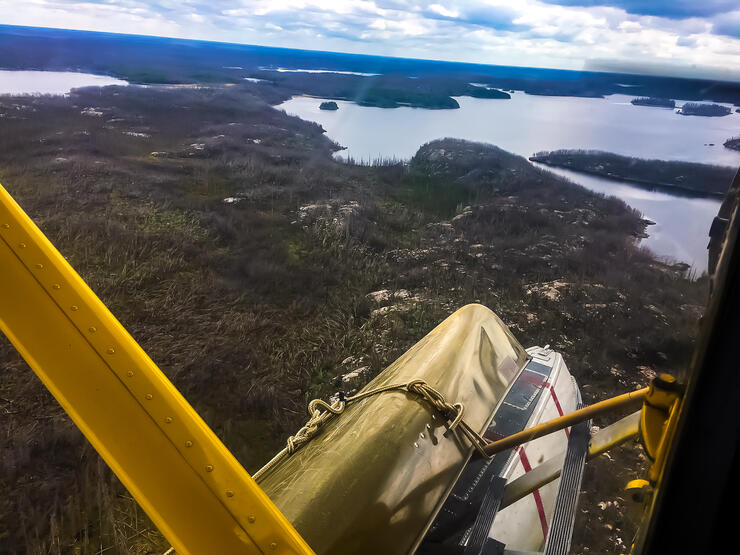
Travelling to Woodland Caribou Provincial Park is straighforward. A flight into either Thunder Bay or Winnipeg, followed by a quick flight on Bearskin Airlines, brings you to Red Lake, Ontario, the doorstep of the park. For those up for a road trip, head north two hours from the Trans-Canada Highway at Vermillion Bay. Once in Red Lake, either hop on a floatplane or grab an outfitter’s shuttle to begin your adventure.
In fact, getting to Woodland Caribou Provincial Park is easy, at least compared to how hard it will be to make yourself leave.
Recommended Articles
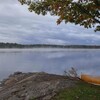
The Massasauga Provincial Park Guide

Skip the Portage
Temagami’s Prettiest Lakes
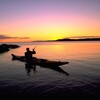
Kayaking in Northern Ontario

KILLARNEY MAGIC

FIND SOLACE
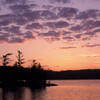
Backcountry Beginners
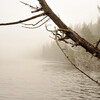
Haunted Waters

The Greatest Lake's Greatest hits
Best River Canoe Trips

Top 10 Easy Canoe Trips

Pride, Confidence & Connection
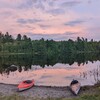
Paddling Getaways Near North Bay
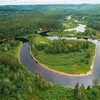
Best Camping on the Spanish River
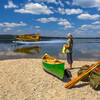
Best Fly-in Canoe Trips
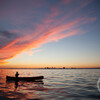
Canoeing into Canadian lIfe
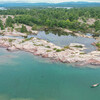
Canoe on Georgian Bay
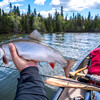
Line and Paddle
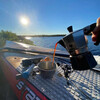
Best Paddleboarding in Sudbury
